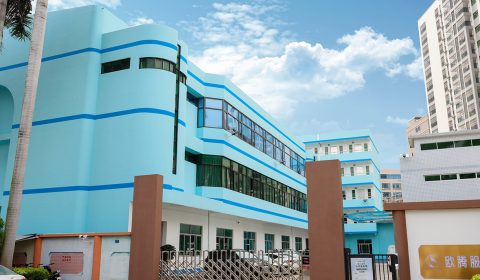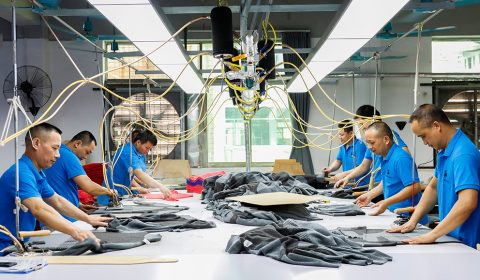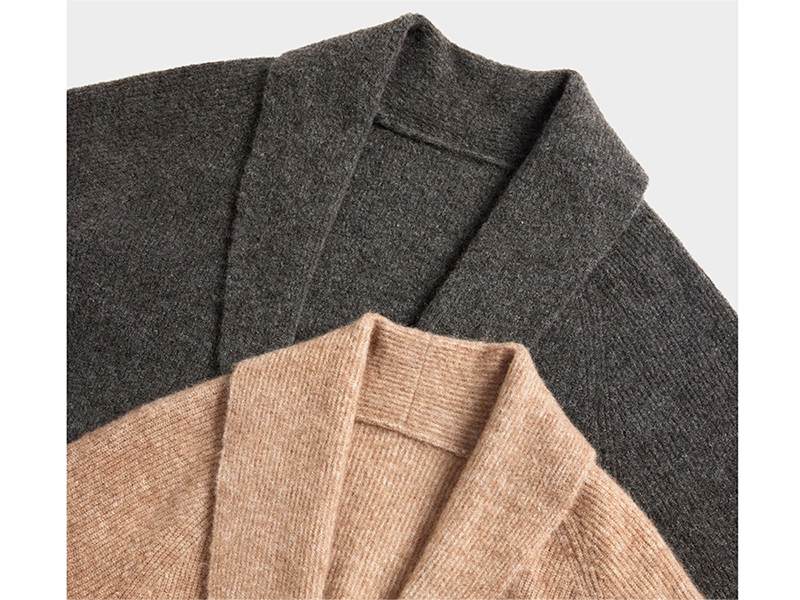In the fashion industry, sustainable clothing production is becoming increasingly important.
Growing awareness of ecological degradation, global warming and social distress has led consumers, stakeholders and legislators to demand a sustainable approach in fashion production.
Rapid trends in the fashion industry and the overuse of disposable clothing have had a detrimental impact on the environment and society.
Labor exploitation, depletion of natural resources, pollution and waste have plagued the fashion industry for years.
So now is the time to put sustainable manufacturing practices at the forefront of environmental responsibility.
The fashion industry is shifting towards sustainability, and brand reputation and long-term success depend on ethical and environmentally friendly practices.
However, what are the most effective and effective best practices for eco-fashion brands in today’s market?
Ethical sourcing of materials
In recent years, materials such as recycled fabrics, organic cotton, and eco-friendly polyester made from recycled plastic bottles are becoming mainstream choices for sustainable clothing manufacturing. Compared to traditional synthetic fibers, these renewable materials have significant advantages in reducing their environmental impact.
The use of recycled fabrics can not only effectively reduce the generation of waste, but also maximize the use of resources. By reprocessing and utilizing waste textiles, not only can production costs be reduced, but also help reduce the need for the extraction of natural resources. Organic cotton is an environmentally friendly natural fiber, which does not use harmful chemical pesticides and pesticides in the cultivation process, helping to maintain the ecological balance of the soil and biodiversity.
In addition, the environmentally friendly polyester fiber made from recycled plastic bottles has good environmental performance, which can effectively reduce the demand for fresh oil resources, while reducing pollution to the environment. The use of these materials not only helps to alleviate environmental concerns, but also enhances the brand’s sustainable image and appeals to the growing number of environmentally conscious consumers.
The use of organic fibers has far less impact on the environment than conventional fibers. Compared to traditional farming methods, the production process of organic fiber is more environmentally friendly. Since harmful chemical pesticides and insecticides are not used in the cultivation process, the production of organic fibers can effectively reduce the pollution of soil, water and air, helping to protect the integrity of the ecosystem.
The cultivation of organic fiber can also promote the sustainable development of agriculture. Through the use of crop rotation, organic fertilizers and other ways, not only can improve soil fertility, but also maintain ecological balance, reduce land degradation and biodiversity loss. Therefore, choosing to use organic fibers that are not affected by harmful pesticides or genetically modified organisms can not only protect the environment, but also provide sustainable livelihoods for farmers and promote economic development in rural areas.
Use eco-friendly dyes
Natural dyes and low-impact dyes are an important innovation in the fashion industry today, not only because of the unique color they give products, but also because of their environmental friendliness. First of all, natural dyes are derived from natural substances such as plants, insects and minerals in nature, and do not contain harmful chemicals, so the use of water resources and the content of toxic chemicals are greatly reduced. This is a more sustainable alternative to traditional synthetic dyes. For example, indigo is a natural dye from plants such as blueberries and cyanobacteria, which not only has a bright color, but also has no negative impact on the environment during the dyeing process.
Second, low-impact dyes are synthetic dyes that have less impact on the environment, reducing water use and toxic waste emissions during production. These dyes are often synthesized using more environmentally friendly methods and are easier to waste disposal and recycle. For example, some low-impact dyes can achieve better dyeing results on fabrics while reducing waste liquid emissions through more efficient dyeing processes. Therefore, the wide application of natural dyes and low-impact dyes is not only conducive to environmental protection, but also gives high-end cashmere products a unique environmental brand image.
In the finishing process of high-end cashmere products, it is very important to adopt environmental protection technology, among which enzymatic treatment is a common environmental protection finishing technology. Enzymatic processing is the use of biological enzymes to improve the performance and appearance of the fiber, without the use of a large number of toxic chemicals as traditional chemical finishing methods. Enzymatic processing is not only environmentally friendly, but also can effectively reduce energy consumption and waste generation. This method is usually used in the raising, finishing and soft treatment of cashmere products to ensure the quality and comfort of the product.
In addition, the eco-friendly finishing technology also includes the optimization of water washing and energy utilization. By minimizing water usage and implementing water recycling systems, water waste can be reduced and wastewater emissions reduced. At the same time, the use of renewable energy sources such as solar or wind power to drive finishing equipment can reduce the dependence on non-renewable energy sources and reduce carbon emissions. The application of these environmentally friendly finishing technologies not only meets the needs of contemporary consumers for environmentally friendly products, but also highlights the social responsibility and environmental awareness of high-end cashmere product brands.
Fair Labor Practices
Fair labor practices are one of the key drivers of social justice. In the past, the garment industry has often been criticized for exploiting workers, such as low wages, long hours, and poor working conditions. By implementing fair labor practices, companies can ensure that workers receive fair wages, reasonable working hours, and a safe working environment. This not only improves the living standards of workers, but also helps to reduce social inequities and promote the development of a more just society.
Fair labor practices can also help businesses build a good reputation and attract more consumers to choose products that support them. Today’s consumers care more about how products are made, and they are willing to pay for businesses that actively promote social justice and sustainability. Therefore, by implementing fair labor practices, companies can not only contribute to society, but also stand out in the market competition.
Working with supply chain partners is key to implementing fair labor practices. By establishing long-term and stable relationships with supply chain partners, companies can better monitor and manage the production process. Such cooperation can not only improve the transparency of the supply chain, but also ensure the stability of product quality.
Partnerships with supply chain partners can also help companies understand what’s really going on with their workers. By communicating directly with workers or appointing independent agencies to conduct audits, enterprises can have a more comprehensive understanding of workers’ working conditions, wages and other conditions, and timely identify and solve existing problems. This helps build trust and promotes continuous improvement and development of the supply chain.
In ensuring fair labor practices, companies also need to focus on collaboration and communication with their supply chain partners. Only by establishing a cooperative relationship of mutual trust and respect can we jointly promote the development of the garment manufacturing industry in a more sustainable and just direction.




 English
English Deutsch
Deutsch Français
Français Italiano
Italiano Español
Español Русский
Русский Polski
Polski Nederlands
Nederlands Svenska
Svenska

